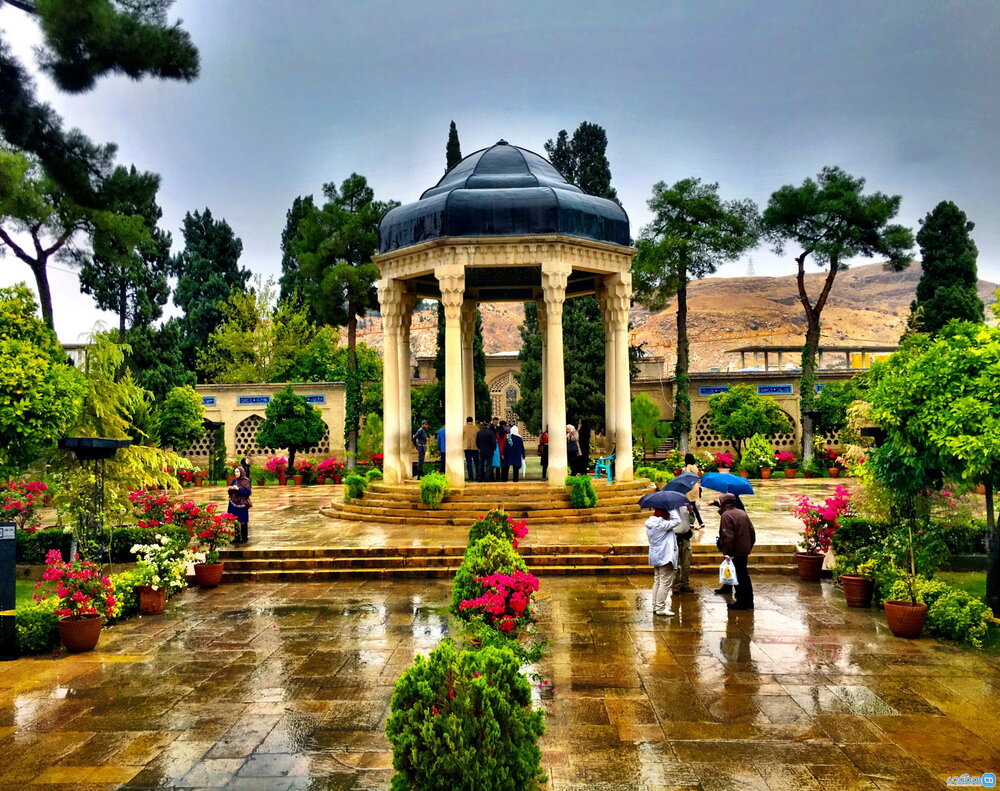Introduction
Most readers first encounter Jalāl ad‑Dīn Muḥammad Rūmī (1207–1273 CE) through the rhythmic grace of the Mevlevī “whirling” ceremony or the epic narrative of his Masnavi. Yet it is in his lesser‑known, intensely personal collection—the Divan‑e Shams‑e Tabrizi (“The Collected Poems of Shams of Tabriz”)—that we glimpse the raw, ecstatic heart of Rumi’s mystical experience. Here, love is not metaphor but the very breath of union; language fractures and re‑forms as Rumi seeks the Beloved beyond all boundaries.
The Spark of Divine Friendship
Rumi’s transformation from respected jurist in Konya to impassioned mystic hinges on his encounter with Shams al‑Tabrizi, the wandering dervish who became his spiritual confidant. Their meetings ignited a fierce love that spilled into verse:
“When I am with you, we are two bodies,
But when I leave you, I am ten thousand.”
This intimate relationship—and Shams’s sudden disappearance—propelled Rumi into a creative fever, pouring out thousands of ghazals, qasidas, rubāʿīs, and stanzas that flooded the pages of the Divan.
Form and Frenzy: The Architecture of Ecstasy
Unlike the structured pedagogical tone of the Masnavi, the Divan‑e Shams revels in lyrical intensity:
-
Ghazal Form: Short, rhyming couplets that circle a central refrain, each one collapsing time and space in a single image or epiphany.
-
Rubāʿī (Quatrains): Sharp, aphoristic bursts of truth, where paradox and paradoxical delight reign.
-
Qasida (Odes): Longer, more formal poems that nevertheless swell with ecstatic longing.
Rumi’s language here is intentionally disruptive—he breaks meter, invents new word‑play, and leaps from the mundane (“a tavern”) to the cosmic (“the throne of God”) in the space of a breath. This fluidity mirrors the Sufi goal of fanāʾ, annihilation of the self in divine presence.
Themes of Divine Love and Union
Across the hundreds of poems in the Divan, several interlocking themes emerge:
-
Intoxication vs. Intellect
-
Reason is the “cloak” that must be cast aside; the soul’s true vision comes only through the “wine” of love and surrender.
-
-
Beloved as Mirror
-
Every lover sees only their own reflection; true union demands seeing the Beloved in all things—and all things in the Beloved.
-
-
Journey Inward
-
The path to God is not a road but a spiral: each turn leads deeper into the self, closer to the Divine core.
-
-
Breaking and Becoming
-
Joy and sorrow collapse; grief itself becomes a gateway. As Rumi writes, “Sorrow is a soul’s orchestra.”
-
Performance, Translation, and Modern Resonance
Though composed in 13th‑century Persian, the Divan’s universal intensity has spoken to countless cultures:
-
Sufi Gatherings: Poets and musicians chant the ghazals of the Divan, accompanied by the ney (reed‑flute) and frame drum, to induce spiritual states of ecstasy.
-
Translation Movements: From Coleman Barks’s free‑verse renderings in English to bilingual scholarly editions by Reynold Nicholson and Camille Helminski, Rumi’s voice has reached global audiences—often at the expense of literal accuracy, but never without capturing his fire.
-
Contemporary Adaptations: Visual artists, dancers, and digital creators draw on the Divan’s imagery—from the moth circling the flame to the door that opens only from inside—to explore themes of loss, longing, and transcendence.
Writing About Ecstasy: Lessons from Rumi
For modern writers and seekers, Rumi’s Divan offers a masterclass in writing from the edge:
-
Embrace Contradiction: Let opposites converge—pleasure in pain, loss as gain—and watch meaning expand.
-
Trust the Unconscious: Surrender control; allow images to surface unbidden, like shards of glass reflecting the sun.
-
Write for Transformation: Aim not merely to communicate but to enact a shift in reader consciousness—from separation to unity.
Conclusion
The Divan‑e Shams‑e Tabrizi stands as Rumi’s inner sanctum—where every poem is both prayer and experiment, every line a step deeper into the mystery of love. Beyond the graceful whirl of the dervish, it is here that Rumi’s true dance unfolds: not in outward motion, but in the silent vortex of the heart, where the self dissolves and the beloved speaks in the language of pure being. To read the Divan is to be invited into that vortex—an invitation as urgent and alive today as it was eight centuries ago.





